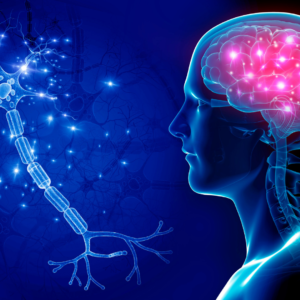Exercise your Brain: TURN your body!
Physical exercise and your brain
You’ve probably never thought that physical exercise could strengthen your brain. But it can!
Norman Doidge, in his book “The Brain That Changes Itself” explains it best. Essentially, in his book he shares exactly how we can alter our brain anatomy through experience and exercise. So, yes, WE CAN CHANGE OUR BRAINS THROUGH EXERCISE!
Google scholar can explain it better than I can, so if you’re interested in the research, take a look here.
TURN your body, strengthen your brain
When I first started Nia, I couldn’t turn. Firstly, having never taken dance classes as a child, I was never taught that a turn is really just a step-turn-step-together sequence. Secondly, my proprioceptive skills (my sense of where I was in space), were really quite poor. So attempting a turn meant either stumbling over my feet, getting dizzy or turning myself into a wall!
But that all changed because of Nia. Now I can turn like a pro, and overall, experience less of the clumsiness I had for the first 30 years of my life.
Benefits of turning for your brain
When we turn, we are developing agility in the nervous system, strengthening our:
* Proprioceptive system – the sense of one’s body/body parts relative to the space around it. If we didn’t have proprioception, we wouldn’t be able to drive without looking at our foot on the gas pedal or our hands on the steering wheel. In turning, we develop the sense of where our feet are in relationship to the ground, w here our hips are in relationship to our feet, and so on. We do this without the use of our eyes, allowing us to, for example, walk safely without having to look at our feet, avoiding the risk of bumping in to things in our environment.
* Vestibular system – the visual/auditory and tactile system which allows us to stand upright, maintain balance and move through space. It coordinates information from the vestibular organs in the inner ear, the eyes, muscles and joints, fingertips and palms of the hands, pressors on the soles of the feet, jaw, and gravity receptors on the skin and adjusts heart rate and blood pressure, muscle tone, limb position, immune responses, arousal and balance. When we turn, we train the inner ear and eyes to adapt to quick changes in position. This is useful in our everyday life in that we may need to turn quickly to avoid a passing cyclist, or to evaluate our surroundings at night.
Our sense of proprioception can weaken with age, and it seems that regular physical activity can help to attenuate that decline in function. In addition, it seems that inactivity can cause the vestibular system to weaken and that physical activity that involves the use of the eyes, moving in different directions, etc. (i.e., Nia) can help.
How to turn
As I began to learn more about my body through Nia, I learned a few things that helped me stabilize when turning. Keep these things in mind if you’re trying to learn how to turn:
* Start Small: Don’t attempt to propel yourself across space prima ballerina style! That will certainly cause problems with your ability to maintain control during the turn. Keep the steps small.
* Make sure your feet are under your hips: Guess what? I have some good news for you… Your hips ARE NOT as big as you imagine them to be. In truth your hip bones are only as wide as your pelvis, which is usually about the distance of one of your foot lengths. If you turn your toes towards your standing leg, this is the distance between your hips. If your feet are under your hips, you’ll have better ability to stay grounded and are less likely to lose your footing.
Enjoy this short video outlining the steps to successful turning through Nia.
Nia Turns — powered by ehow



Great post! Starting small is so helpful, especially if people have sensitive inner ears. Applicable to hoopdance, too :]